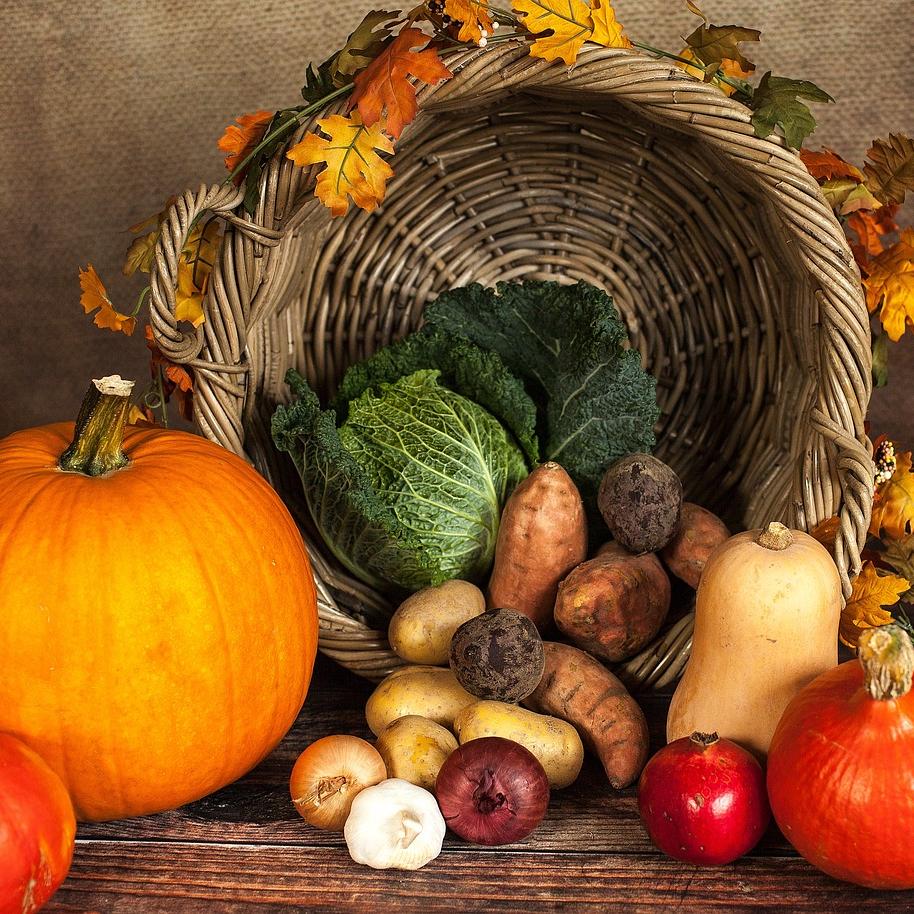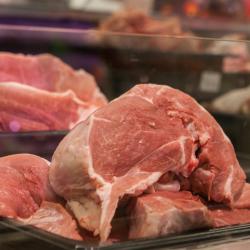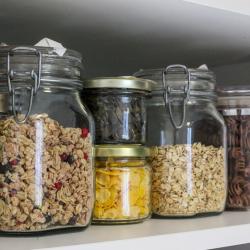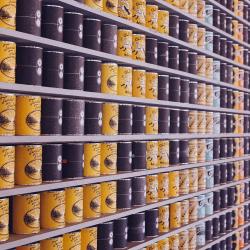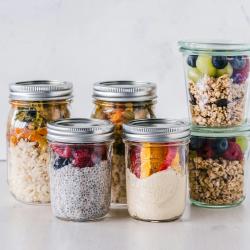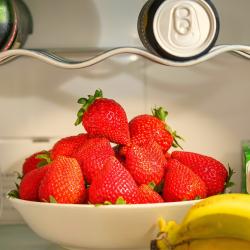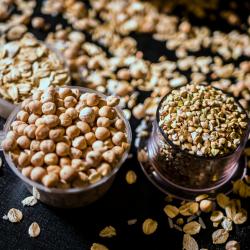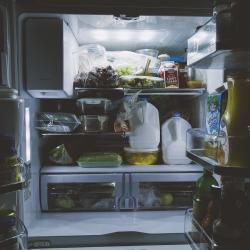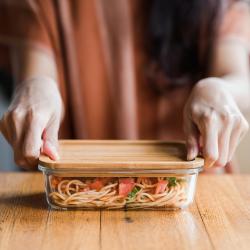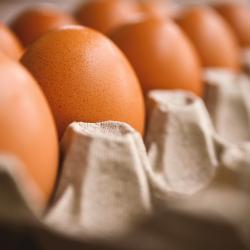How to Properly Store Fresh Produce to Extend Its Shelf Life
Keeping fresh produce vibrant and tasty for longer periods can be a challenge. Yet, with the right storage techniques, you can extend the shelf life of your fruits and vegetables, reducing waste and saving money in the process. Here are some practical tips on how to store your fresh produce properly.
Understand the Produce Types
Before diving into storage methods, it’s crucial to identify the types of produce you’re dealing with. Different fruits and vegetables have varied storage needs based on their chemical compositions and ripening processes. The general categories include:
- Cool, Dry Storage: Onions, garlic, potatoes, and winter squash.
- Room Temperature: Tomatoes, bananas, and stone fruits like peaches and plums.
- Refrigerated Storage: Most leafy greens, carrots, berries, and asparagus.
- Separated Ethylene Producers and Sensitive Items: Apples and bananas produce ethylene, a natural gas that speeds up ripening, so they should be kept away from ethylene-sensitive items like leafy greens or berries.
General Storage Tips
-
Keep It Dry: Moisture can lead to mold and rot. Before storing, ensure that your produce is dry. Avoid washing fruits and vegetables before storage; instead, wash them as needed.
-
Breathable Bags and Containers: Use breathable bags or containers to avoid excess moisture build-up. For instance, storing greens in a perforated plastic bag or wrapping them in a damp paper towel can extend freshness.
-
Separate Based on Ripeness: Some fruits, such as avocados and bananas, release ethylene gas as they ripen. It’s beneficial to store ripening fruits away from those still maturing to prevent premature overripening.
-
Optimal Refrigeration: For produce requiring refrigeration, ensure your fridge is set at the correct temperature, ideally around 32-40°F (0-4°C). Store most vegetables in the crisper drawer, which offers higher humidity ideal for vegetables.
-
Do Not Overcrowd: Provide enough space between items to allow air circulation, which helps maintain consistent temperature and humidity.
Specific Storage Techniques
-
Leafy Greens: Remove any damaged or wilted leaves and store in a container covered with a damp paper towel. Keep the greens in the crisper drawer for optimal freshness.
-
Carrots, Celery, and Radishes: Trim the leafy tops (as they draw moisture away) and store in a container with water, which helps maintain crispness.
-
Herbs: Treat them like cut flowers. Trim the ends, place them upright in a glass of water, and cover loosely with a plastic bag. Refrigerate except for basil, which should be kept at room temperature.
-
Apples: Apples can last several weeks in the fridge. Store them separately from other produce that is sensitive to ethylene, which they produce in high amounts.
-
Berries: Check for any moldy or overly ripe berries, remove them, and try not to wash them until ready to eat. Store in a breathable container to prevent moisture build-up.
-
Tomatoes: Avoid refrigeration. Instead, keep them at room temperature, away from direct sunlight, and use within a few days to enjoy the best flavor and texture.
Conclusion
With proper storage techniques, you can extend the shelf life of your produce, keeping your fruits and vegetables fresh and nutritious longer. By understanding the specific needs of each type of produce and implementing organizational strategies within your kitchen, you’ll enjoy fresher tastes while reducing waste and saving money. So next time you come home with a bounty of fresh groceries, remember these tips to make the most of your produce.
